According to the American Cancer Society, smokers are six times more likely than nonsmokers to develop oral cavity and oropharyngeal cancers.
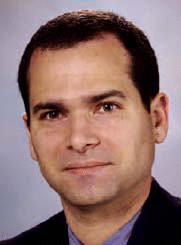

According to the American Cancer Society, smokers are six times more likely than nonsmokers to develop oral cavity and oropharyngeal cancers.
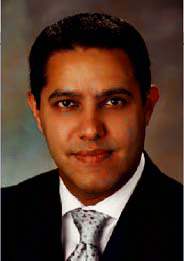
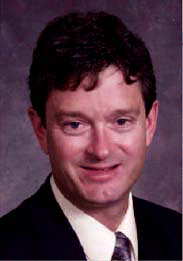
When it comes to performing surgery for obstructive sleep apnea (OSA), there are a variety of procedures that can be done, but otolaryngologists sometimes have personal preferences, and preferences can affect everything from how diagnoses are made to the type of surgery performed, often with similar end results.
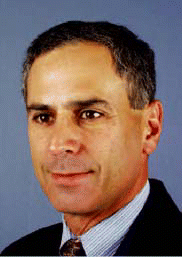
As otolaryngologists are performing more procedures on an in-office basis, more are also using conscious sedation in the clinic setting.

An expert panel containing three former American Academy of Otolaryngic Allergy presidents recently provided a look at the future of allergic rhinitis, as well as a refresher on how best to treat it.
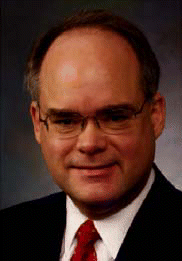
Pharmaceutical company representatives (PCRs) are as ubiquitous in otolaryngologists’ offices as seasonal allergies and ear infections.
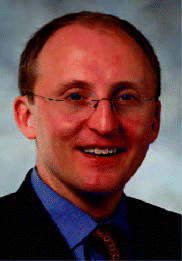
For years, radical surgery was the only treatment for head and neck cancer (HNSCC).
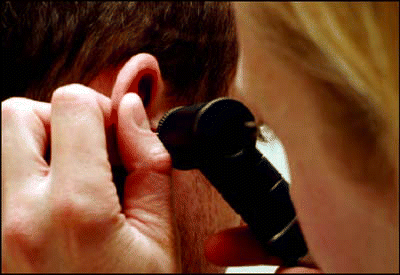
Sudden sensorineural hearing loss (SSHL) has stumped otolaryngologists for decades.
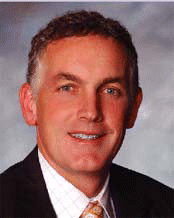
Gene therapy as a treatment for cancer has advanced from the theoretical to the possible: in a pilot study published in August in the journal Science, investigators reported that two of 17 patients with advanced melanoma responded to a treatment known as genetically engineered therapy.
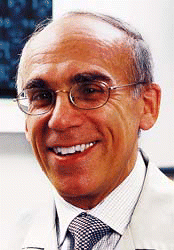
Continuous positive airway pressure (CPAP) is the standard first-line approach for moderate to severe obstructive sleep apnea.
